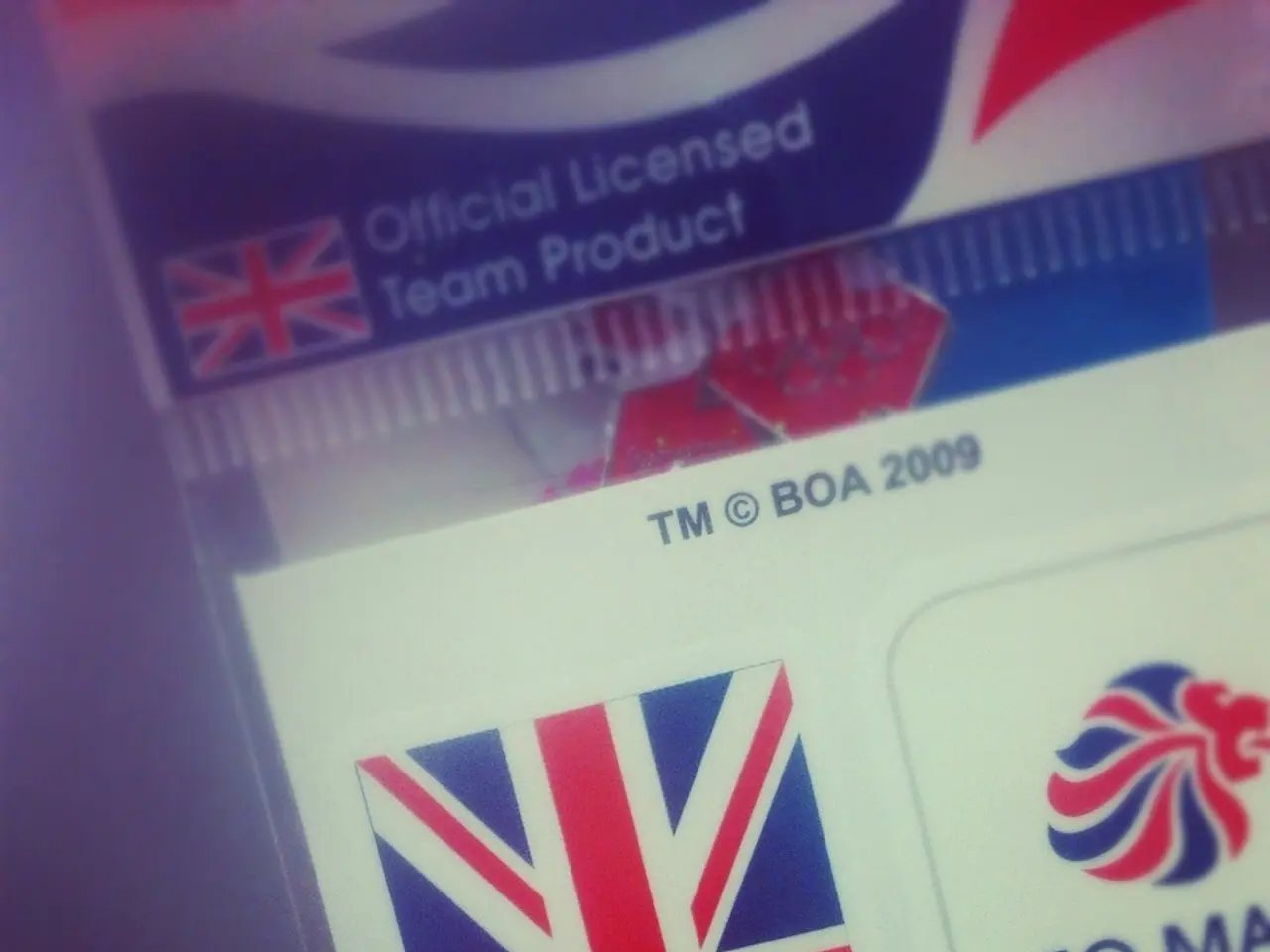Overcoming Customer Verification and Onboarding Hurdles: Strategies for Success
In today's digital age, the customer onboarding process plays a pivotal role in the success of businesses. However, traditional methods can be time-consuming, frustrating, and vulnerable to fraud. To address these challenges, the focus has shifted towards automation and advanced technologies, particularly AI and biometrics.
Key Practices and Solutions ----------------------------
1. **Automated Data Capture with OCR and AI** - Smart Optical Character Recognition (OCR) technology automatically extracts identity data from documents, eliminating the need for manual data entry. AI-powered OCR supports multiple languages and covers global documents, improving accuracy and reducing human error.
2. **Biometric Verification and Liveness Detection** - Biometric checks such as facial recognition and selfie comparisons confirm the person's identity matches the submitted document. Liveness detection ensures the biometric data is from a live user, adding an extra layer of security against fraud.
3. **Real-Time Feedback and User Interaction** - Real-time guidance during document scanning ensures high-quality photos are captured, reducing errors and repeat submissions. Users can start the onboarding process from multiple trigger points, making the flow customizable and user-friendly.
4. **Automated Fraud Prevention and Compliance Checks** - AI-driven document forensics, two-factor authentication, and sanctions/PEP screening detect fake or fraudulent identities. Automated AML (Anti-Money Laundering) and KYC (Know Your Customer) compliance checks during onboarding ensure legal adherence.
5. **Streamlined Digital Onboarding Workflow** - Combining document capture, identity verification, and regulatory screening into a single seamless process can onboard customers globally in seconds. Automating form population with extracted data from IDs lowers errors and improves user experience.
6. **Data Onboarding Best Practices** - Automating validation and transformation of customer data during onboarding maintains data accuracy and quality. Implementing identity resolution unifies customer records and avoids duplication, enhancing personalized service and analytics.
How These Solutions Help ------------------------
- **Reduce Manual Input:** Automation via OCR and AI eliminates tedious data entry, reducing human errors and speeding up onboarding. - **Minimize Fraud:** Biometric liveness checks, document forensics, and layered fraud detection make identity spoofing and fake accounts harder to accomplish. - **Enhance User Experience:** Fast, intuitive processes with real-time feedback reduce drop-off rates and improve satisfaction, completing verifications in under 10 seconds in some systems. - **Ensure Compliance:** Integrated regulatory checks automate KYC, AML, and sanctions screening, preventing costly non-compliance and manual overhead.
The adoption of these practices and solutions can accelerate customer acquisition, reduce costs, and strengthen security while maintaining a smooth and user-friendly experience.
- The automation of data capture through OCR and AI technology in customer onboarding processes eliminates the necessity for manual data entry, improving accuracy and reducing human error, particularly in documents that cover global languages and formats.
- Biometric verification and liveness detection, such as facial recognition and selfie comparisons, confirm the identity of the user and ensure the provided documents are authentic, adding an extra layer of security against fraudulent activities.
- Real-time feedback during document scanning ensures high-quality photos are captured, reducing errors and the need for repeat submissions, ultimately improving the user experience.
- Automated fraud prevention and compliance checks, including AI-driven document forensics, two-factor authentication, sanctions/PEP screening, AML, and KYC compliance during onboarding processes ensure legal adherence and detect fraudulent identities.
- Streamlining the digital onboarding workflow by combining document capture, identity verification, and regulatory screening into a single seamless process can onboard customers globally in seconds, providing a smooth and efficient experience.
- Automating validation and transformation of customer data during onboarding maintains data accuracy and quality, while implementing identity resolution unifies customer records and prevents data duplication, enhancing personalized service and analytics.
- The integration of OCR, AI, biometrics, and advanced technologies reduces manual input, minimizing human errors and speeding up the onboarding process.
- Enhanced security measures like biometric liveness checks, document forensics, and layered fraud detection make identity spoofing and fake accounts more challenging to create, thereby minimizing fraud.
- By adhering to data onboarding best practices, such as automating data validation and implementing identity resolution, businesses can maintain data accuracy, comply with regulations, and ensure a smooth onboarding journey.
- The introduction of automated and advanced solutions for customer onboarding, for example, in data-and-cloud-computing and technology, can accelerate customer acquisition, reduce costs, and strengthen security while maintaining a user-friendly and satisfying experience – benefits that are critical for the success of any business in today's digital age.




